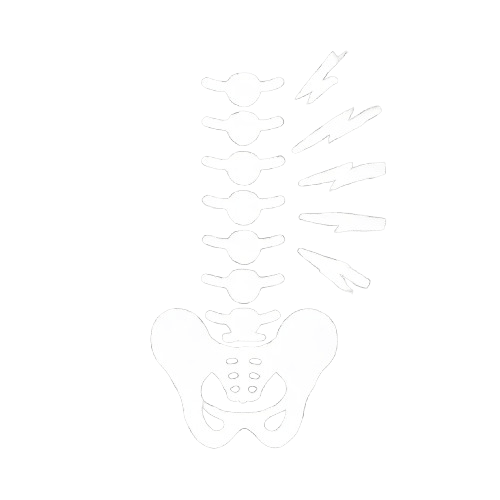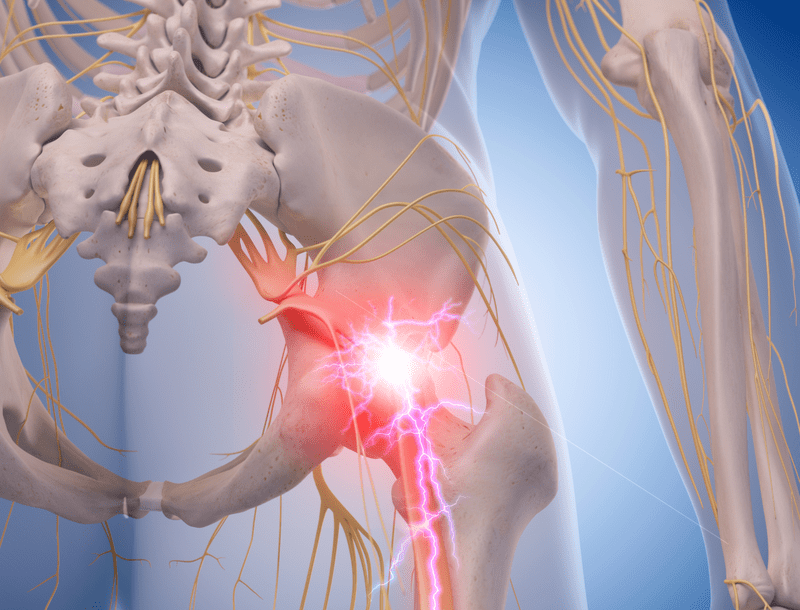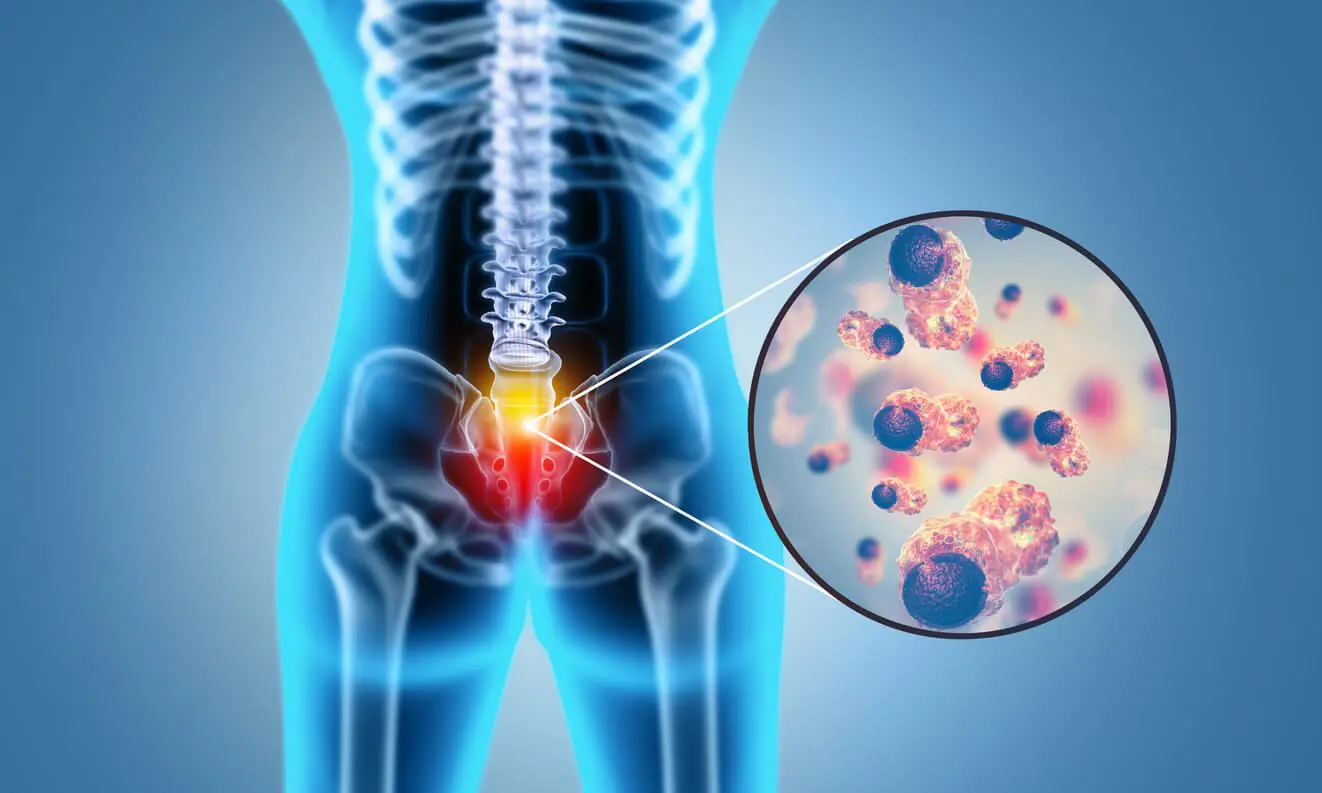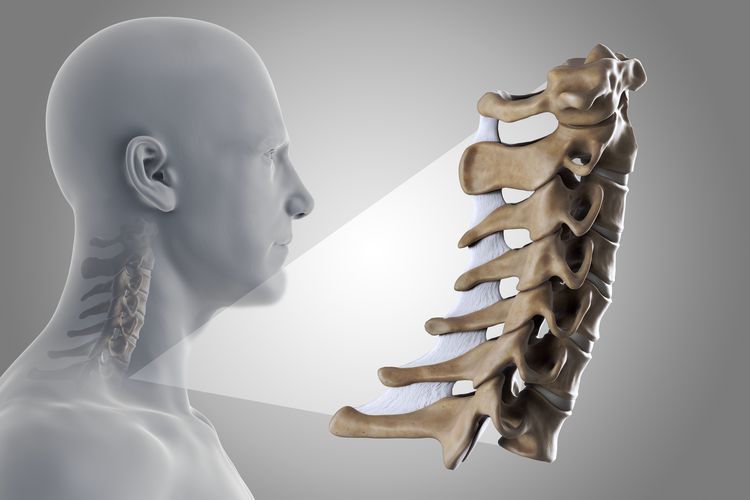What is Sciatica?
Sciatica occurs when the sciatic nerve, the longest nerve in the body, is compressed or irritated. This condition often results in sharp, radiating pain from the lower back down through the leg, sometimes extending all the way to the foot. Mr. Irfan Malik provide specialized care to manage and alleviate sciatica, ensuring that each patient receives a treatment plan tailored to their needs.









